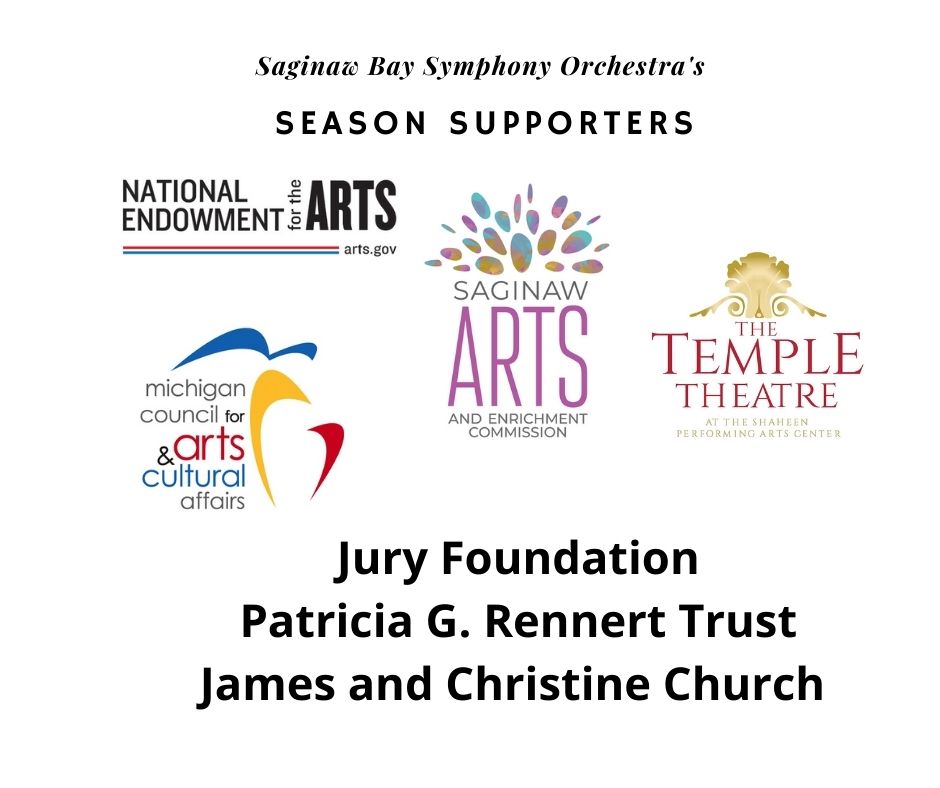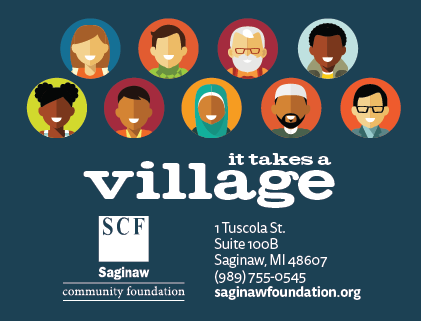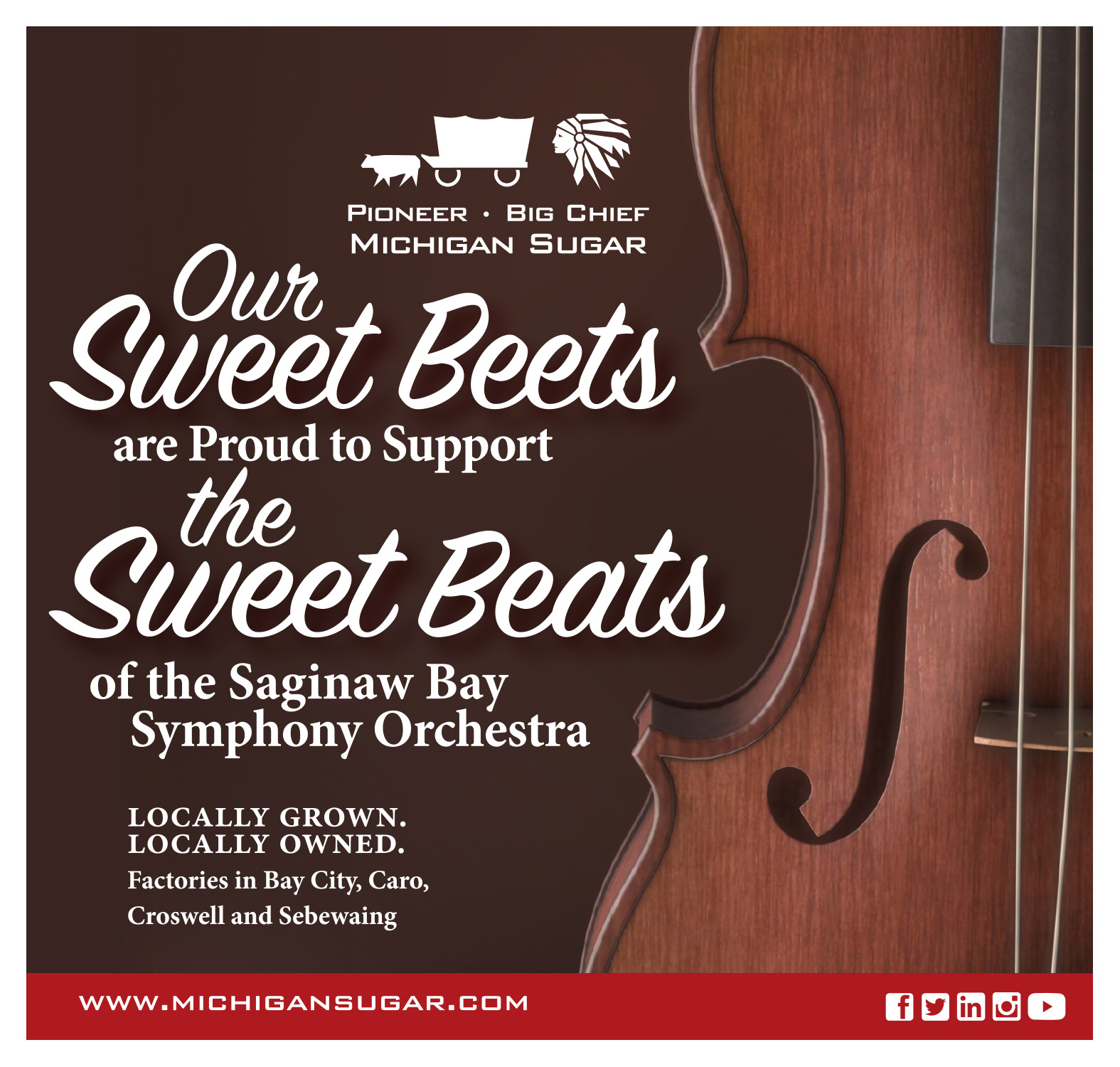A 20th-century Brazilian marimba concerto by Ney Rosauro, and Beethoven’s lovely Symphony no. 8 complete the season.
Wolfgang Amadeus Mozart (1756-1791), Concerto for Horn in E-flat Major, K. 447
The Classical horn or hand horn was an instrument with no valves like the modern horn, but with tuning crooks, pieces of tubing that changed the length of the whole tube, which changed the key of the horn, usually to match the main key of the movement being played. Notes in the harmonic series sounded stable and horn-like, but there were gaps between them that became closer as the player played higher. Most orchestral horn parts in the late 18th century were limited to those notes. But a virtuoso player would also learn to hand-stop the notes in between, placing the hand holding the bell into the bell in various positions to achieve other pitches. These notes had different tonal characteristics from the open notes because the hand also muffled the sound. Mozart understood the tone characteristics of this horn well, as his concertos for Joseph Leutgeb demonstrate. A modern horn has a much more unified sound than the one
Mozart knew. Mozart knew the Austrian horn player Joseph Leutgeb (1732-1811) since Mozart was a child. Leutgeb played in the orchestra of the Prince-Archbishop of Salzburg with Mozart’s father, starting around 1763. On his return home to Vienna in 1777, Leutgeb asked Mozart for a concerto, but it took him several years and his own move to Vienna in 1781 before he completed one. Altogether he composed four horn concertos for Leutgeb, including K. 447 sometime between 1784 and 1787.
The orchestra for K. 447 is comprised of pairs of clarinets and bassoons with strings, a combination that allows the solo horn to cut through the texture even though it is in the middle range of the orchestra. The Concerto is conventional in outline, with fast, slow, then fast movements. In the first movement, the orchestra first presents the material without the soloist, as is traditional. A more expansive solo exposition follows. An abrupt change to minor key signals the beginning of the short middle development section, before the themes return in their original form. Notice some wide jumps in both horn and strings, and the cadenza in the final section, in which the horn plays in an improvisatory style, unaccompanied.
The second movement is labeled “Romanze” and Mozart no doubt wrote it to show off Leutgeb’s ability to play beautiful cantabile lines, for which he had earned a reputation. In rondo form, A-B-A-C-A, the horn plays each phrase first then is echoed by the orchestra. The whole movement is quite relaxed except for the C section, which is a little more aggressive.
The last movement is typical of Mozart’s horn concerto finales: in compound time, with lots of repeated notes and chord outlines that echo hunting horn calls, fast and delightful.
Ney Rosauro (b. 1952), Concerto for Marimba and Strings
Rosauro is a Brazilian composer and percussionist who studied in Brazil, Germany, and the United States, and who has taught in colleges in both Brazil and the United States. He wrote the Concerto for Marimba (the first of two) in Germany to perform himself on his master’s recital, and it has become the most performed marimba concerto of all time.
The marimba was developed in the early 20th century by combining elements from the xylophone and the Central American marimba, and instrument builders continued to modify it for several decades. The first solo piece was written specifically for marimba dates from 1940, and since then its repertoire and playing techniques have steadily grown. Rosauro composed his Concerto deliberately to explore four-mallet techniques, which were not well developed even in 1986. The piece often has a Brazilian atmosphere, though Rosauro quotes no actual Brazilian music, with syncopated rhythms and charming tunes. It is in four movements, that do not follow the traditional forms of concerto movements.
The exuberant opening movement, entitled “Saudação” [Greetings], features ostinatos and shifting meters, and the middle section has a jazzy feel with an improvisatory marimba part and steady bass. Next is “Lamento” [Lament], which opens with an atmospheric sound reminiscent of Bartók’s “night music” which leads into a mournful string melody vying for attention with a more flowing marimba line. The middle section is marked molto espressivo and involves many marimba rolls to which solo violin lines are added, before the opening music returns.
”Dança” [Dance] is an energetic movement with a straightforward tune, first on strings than on marimba. The middle section starts with a syncopated unison passage then various combinations play in canon for a complex texture. Finally, “Despedida” [Farewell] has asymmetrical driving rhythms, repeated-note pedals, and a cadenza that brings back themes from all the other movements for a satisfying farewell.
Ludwig van Beethoven, Symphony no. 8 in F Major
Beethoven’s hearing was already impaired when he composed his eighth symphony in 1812. He had just finished Symphony no. 7, and when Symphony no. 8 was first performed in 1814, under the direction of Beethoven himself, a number of people complained that it did not live up to the seventh. According to Carl Czerny, pianist and composer, and student of Beethoven, Beethoven responded, “That’s because it’s so much better.” Beethoven’s Symphony no. 8 is the shortest of all nine symphonies and is scored for a moderate-sized orchestra, pairs of woodwinds, horns, and trumpets, plus timpani and strings.
The first movement uses many contrasts of loud and soft, starting with the opening bars. Also notable is the large staccato leap, heard first in the violins, immediately afterward and a step larger in the bassoon, and by the end of the exposition has become a pair of octave leaps with a distinctive rhythm that becomes an important motive in the development section that follows. At the end of a fairly substantial coda, the movement ends very quietly.
There is no real slow movement in this symphony. The second movement, where the slow movement would normally be found, has the tempo Allegretto scherzando [fairly fast and playful]. It is indeed a light, bouncy movement without trumpets or drums, but with occasional very loud tremolo outbursts. The third movement is entitled Tempo di Menuetto [at the speed of a minuet]. This is a surprisingly old-fashioned minuet, with the minuet itself loud and syncopated, and the contrasting trio gentler, featuring horns and clarinets.
Beethoven generally liked to put the weight of a movement towards the end (the coda of the first movement of his Symphony no. 5 is a good example) and the weight of the symphony in the last movement (most notably in his Symphony no. 9 but also in others). Here he does both. The finale is the most substantial movement of the symphony, and the long coda gives emphasis to the end of the movement. The two timpani are tuned an octave apart, F and F, rather than the traditional F and C for a movement in the key of F. This is so that Beethoven can reintroduce the octave jump made prominent in the first movement, first heard in the finale in bassoon and timpani, then passed around the orchestra. Eventually, in the coda, the jumps become wider still, and the timpani contribute repeated octave jumps to the loud ending.
Jane Girdham
SAGINAW BAY SYMPHONY ORCHESTRA
Temple Theatre
Saturday, May 1st, 2021, at 8:00 p.m.
Fouad Fakhouri, conductor
Bruce Bonnell, horn
John Dorsey, marimba
A MUSICAL JOURNEY
W.A. Mozart Concerto for Horn, No.3, K.447, Eb major
(1756-1791) I. Allegro
II. Romanza: Larghetto
III. Allegro
Ney Rosauro Concerto for Marimba and String Orchestra
(1952) I. Saudacao (Greetings)
II. Lamnto (Lament)
III. Danca (Dance)
IV. Despedida (Farwell)
Ludwig van Beethoven Symphony No.8, op.93, F major
(1770-1827) I. Allegro vivace con brio
II. Allegretto scherzando
III. Tempo di menuetto
IV. Allegro vivace
You can help the Orchestra celebrate its 85th Anniversary Season by helping us continue our mission to provide exceptional experiences through high-quality performances and innovative educational programs with your tax-deductible donation.





 20.mod.png)
 20.cs.png)
 20.mod.png)











